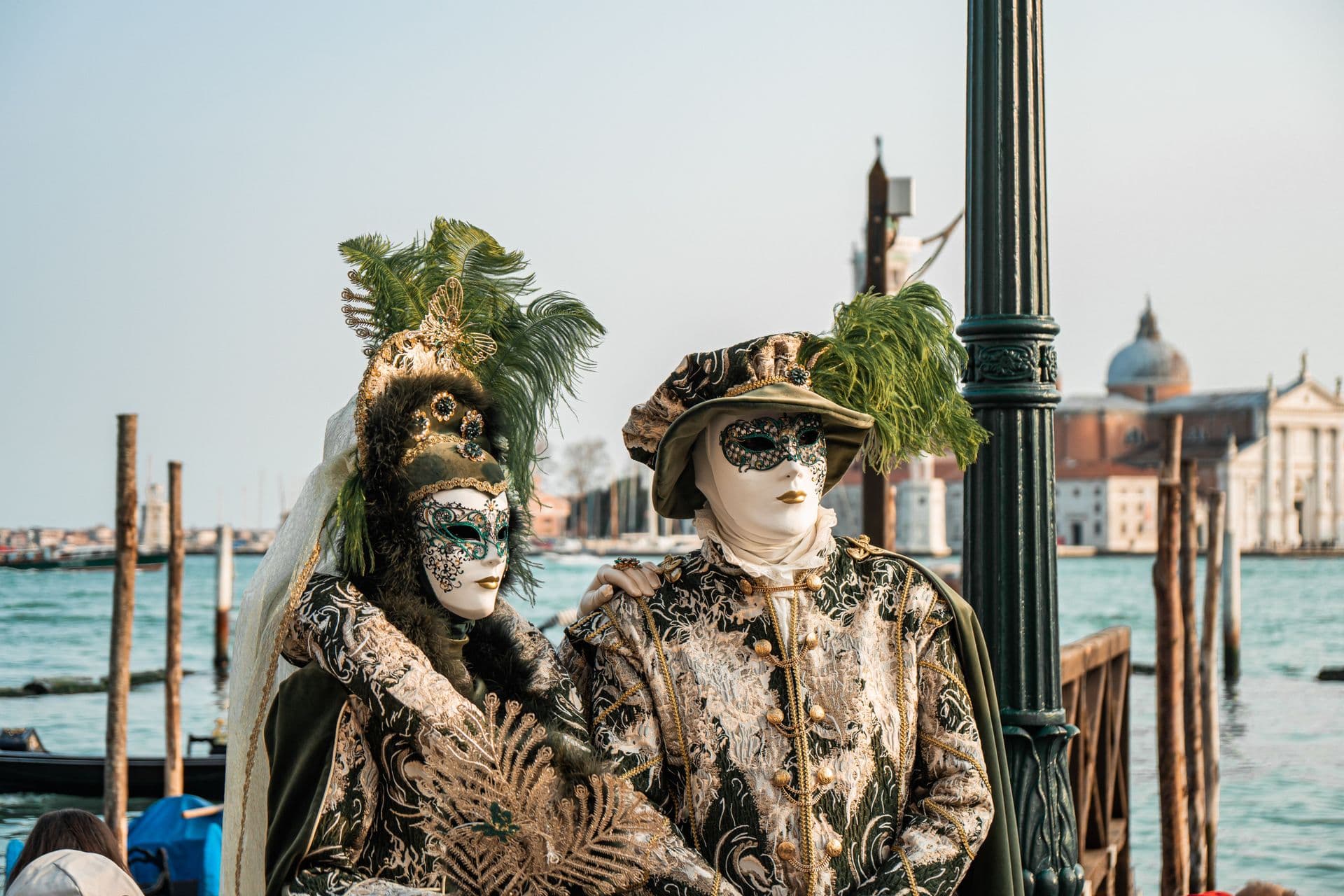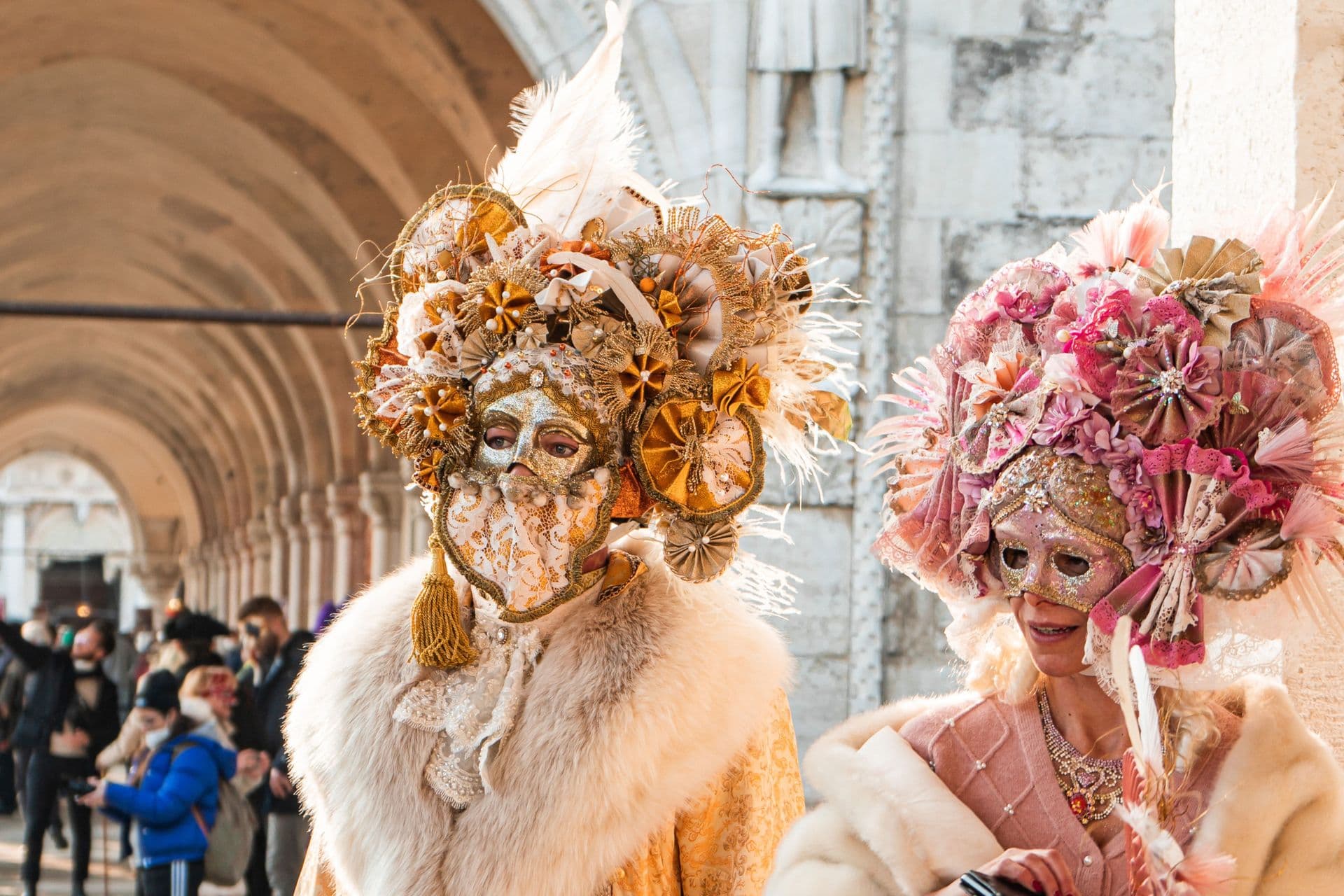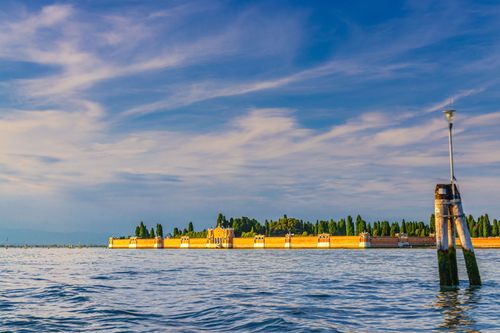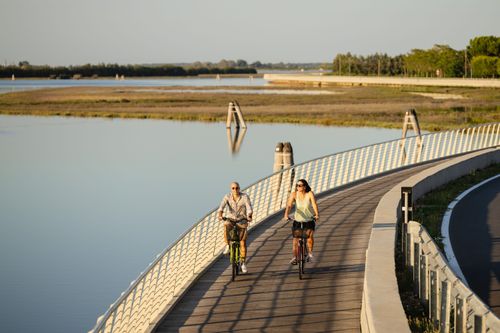A UNESCO World Heritage Site since 1987, the city of Venice draws millions of visitors from across the globe year after year, and the Venice Carnival is one of its primary attractions going back to medieval times.
Venice and its Carnival: A never-ending story

The word “Carnival” was first cited in documents dating from 1094 and declared a public holiday in Venice in 1296. The etymological term derives from the Latin 'carne-levare' (i.e. to ‘remove the meat’), referring to the final meal with meat before the Lenten period. By the 18th Century, the Carnival in the Republic of Venice (known as the Serenissima) had reached its apex. This era was marked by ostentatiousness, pageantry, love intrigues and mysterious goings on. This was also the time of renowned Venetian writer and seducer, Giacomo Casanova, who lived in Venice – and was one of the Carnival’s protagonists in his day.
The festival grew out of the need to entertain the local population, providing them with a distraction, not unlike the Ancient Roman 'panem et circenses'. Interestingly, the Venice Carnival in the olden days did not differ significantly from the contemporary celebration. Even today, carnival masks are still worn as part of a disguise to conceal individual identity, which had the added effect of temporarily lifting class differences. From behind the disguises, expressions of mirth and unbridled liberty were permitted, creating the illusion of social egality. In the narrow streets of Venice the traditional greeting, “Buongiorno, Signora Maschera”, was used to address an unknown person behind a mask.

With the ever-increasing popularity of the Venice Carnival and its extravagant masks its craftsmen, known as 'mascareri' are also receiving some of the limelight. In the narrow streets of the oldest quarters (‘sestieri’) of the Serenissima, small shops continue to sell handcrafted masks.
Since its heyday, one of the most ubiquitous carnival outfits is the ‘Baùta’ costume. Worn by both men and women, this consists of a white mask worn with a black tricorn hat and the ‘tabarro’ (a traditional dark cape). Over time, the ‘commedia d’arte’ masks gained in popularity with the Harlequin, Pantalone, and handheld Columbine masks still the most popular. At the Venice Carnival, there are no shortage of photo opportunities!


Held between 27th January – 13th February, the 2024 Venice Carnival kicks off with the traditional ‘Festa sull'Acqua’ (Water Festival) on the lagoon, with a dazzling light show on the Canal Grande.
One of the main attractions is the 'Volo dell’Angelo' (Flight of the Angel) – one of the oldest traditions of the whole Carnival –, where a female acrobat secured to a system of rope pulleys is gently lowered from San Marco Bell Tower down onto the square, simulating flight.
This special event is followed by a succession of masked balls and other events, both outdoors and in the opulent palaces overlooking the Venetian canals.
To join in the fun, buy a mask and lose yourself in the romantic streets of Venice!

